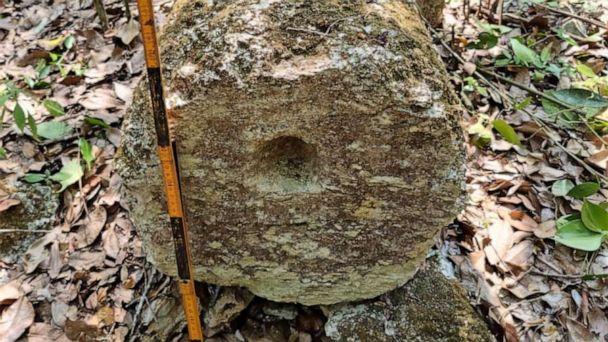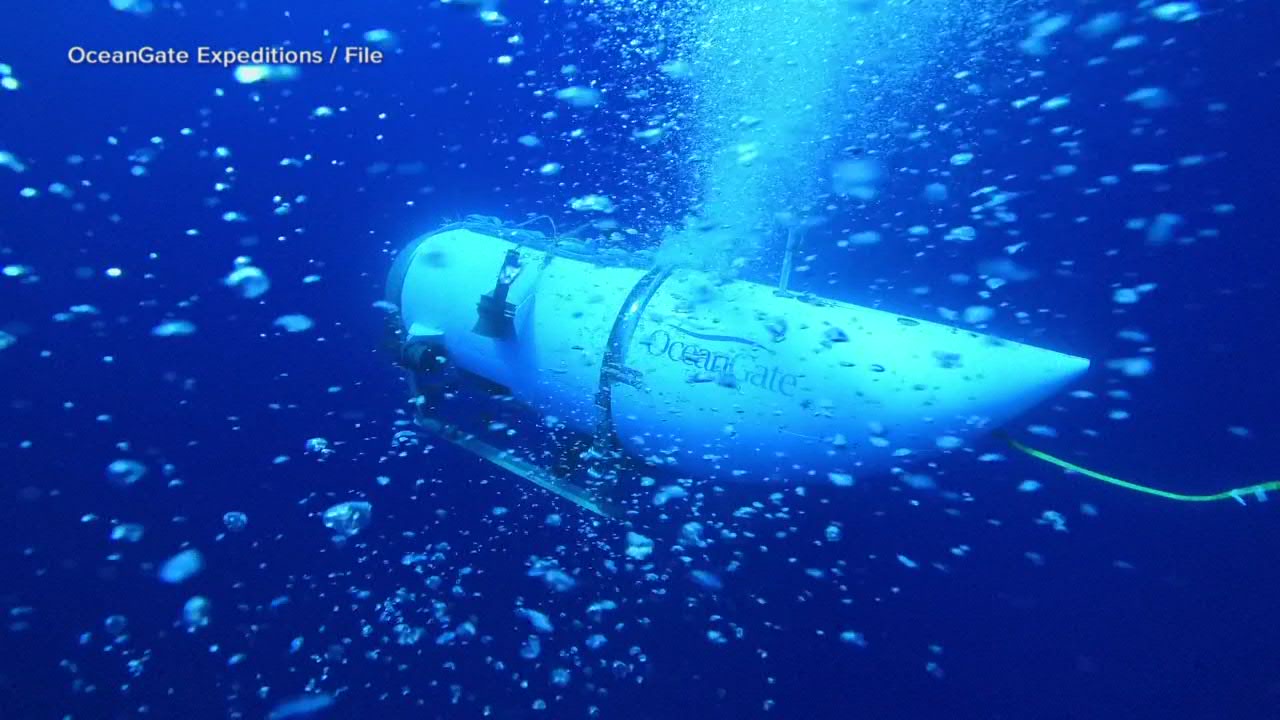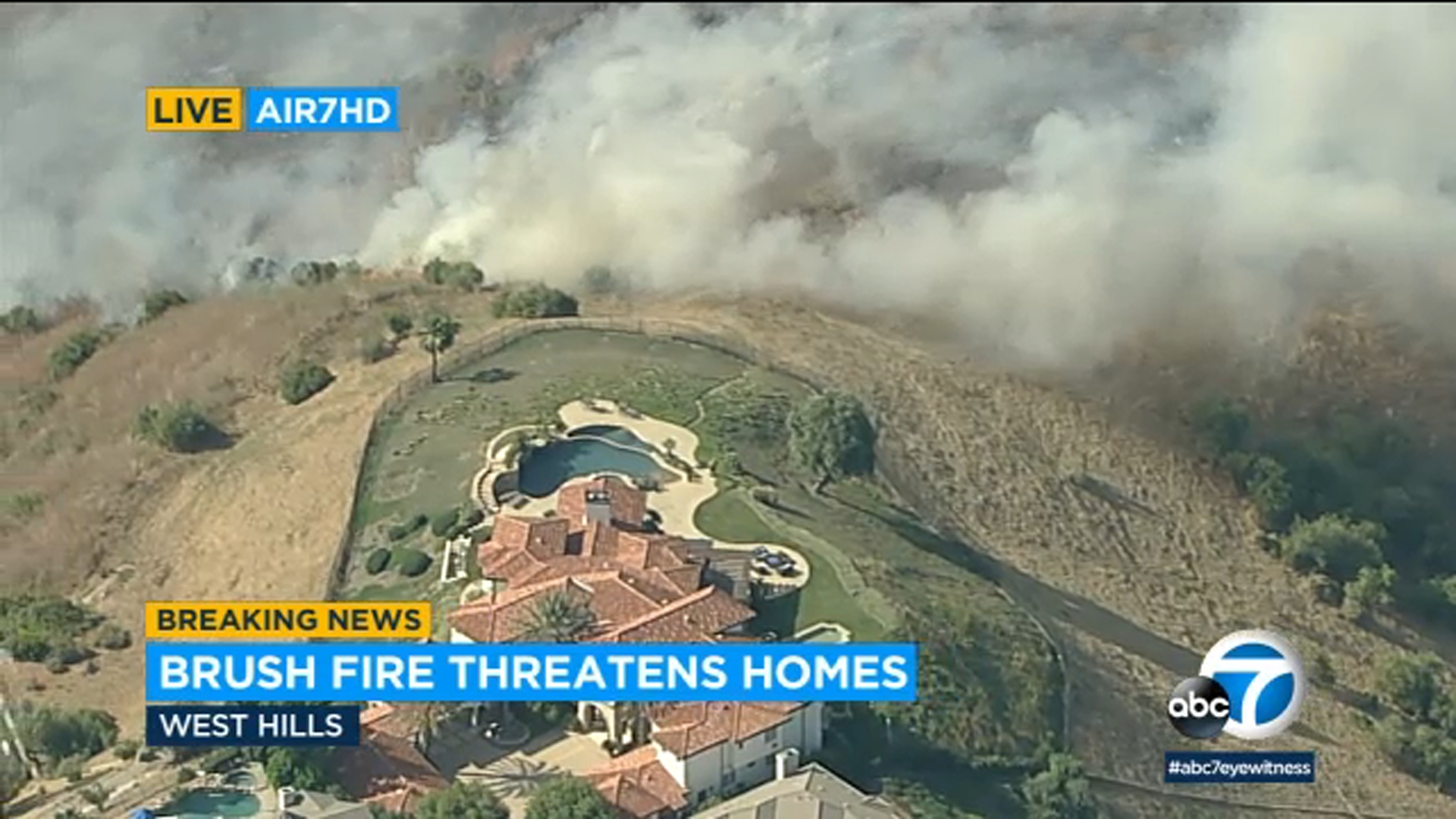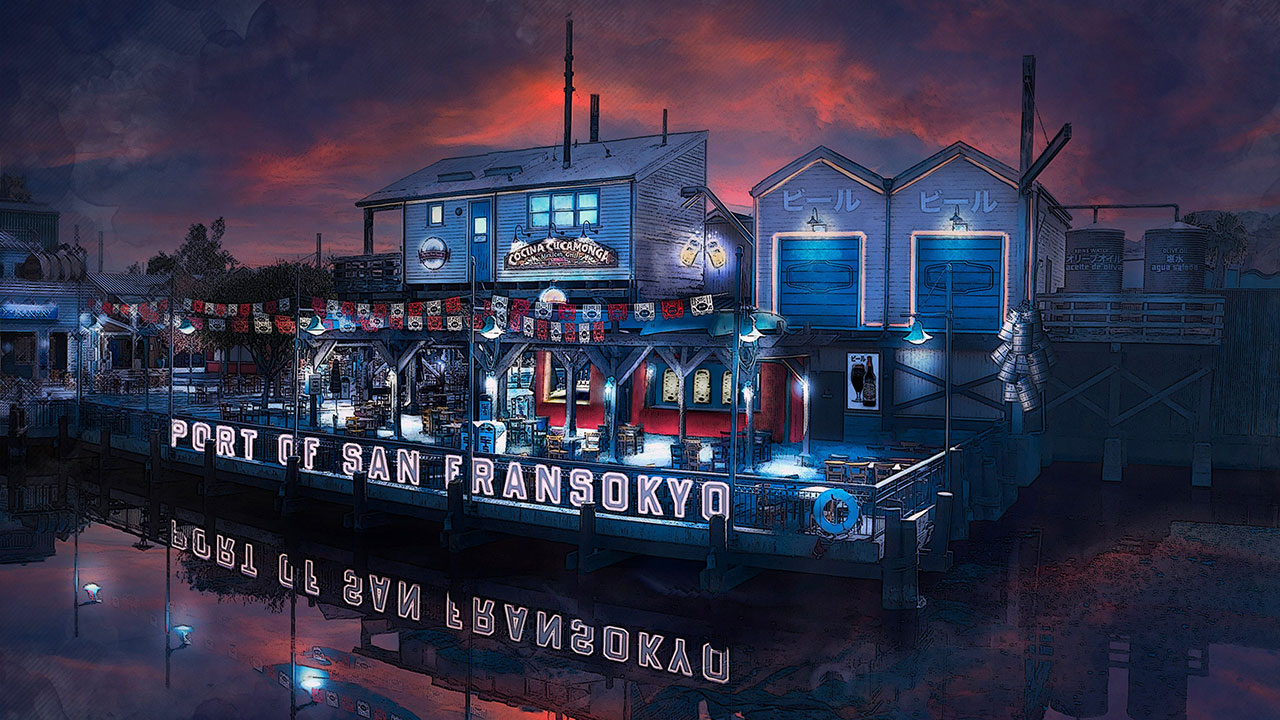A team of archaeologists in Mexico have discovered the remains of an ancient Mayan city deep in the jungle of the Yucatán Peninsula in southern Mexico.
Led by Archaeologist Ivan Sprajc, the researchers trekked through about 60 km of thick vegetation, making the "monumental" discovery within the Balamku ecological reserve in the Mexican state of Campeche.
The site -- thought to be key center of importance for its former inhabitants -- covers more than 50 hectares, Mexico's National Institute of Anthropology and History said on Tuesday.
Several cylindrical columns were found scattered throughout the pre-Hispanic ancient settlement, thought to be part of entrances to upper rooms of the buildings.
"The biggest surprise turned out to be the site located on a 'peninsula' on high ground, surrounded by extensive wetlands," prajc said in a statement. "Its monumental nucleus covers more than 50 hectares and has various large buildings, including several pyramidal structures over 15 meters high."
The site is believed to have been an important center of the Central Lowlands during the Classic period dating back between A.D. 250 and A.D. 1000. The INAH said that aerial laser mapping technology from the University of Houston's Center for Airborne Laser Mapping aided in efforts to scan the site.
"The most common ceramic types that we collected on the surface and in some test, pits are from the Late Classic (600-800 AD); however, the analysis of samples of this material will offer us more reliable data on the sequences of occupation," added Sprajc.
They have named the site of the discovery Ocomtún, which means "stone column" in the Mayan language.
Ancient Maya -- then of the most advanced civilizations in the Americas -- are thought to have lived in an area roughly the size of Texas across what is now Southern Mexico and northern Central America. Mayan ruins are often hidden deep in the jungle.
INAH announced the team also found similar structures which were explored in an area extending to the La Rigueña River.
"It is possible that they are markets or spaces destined for community rituals, but only future research will shed light on the functions of these groups, which represent a regional peculiarity," Sprajc said.






